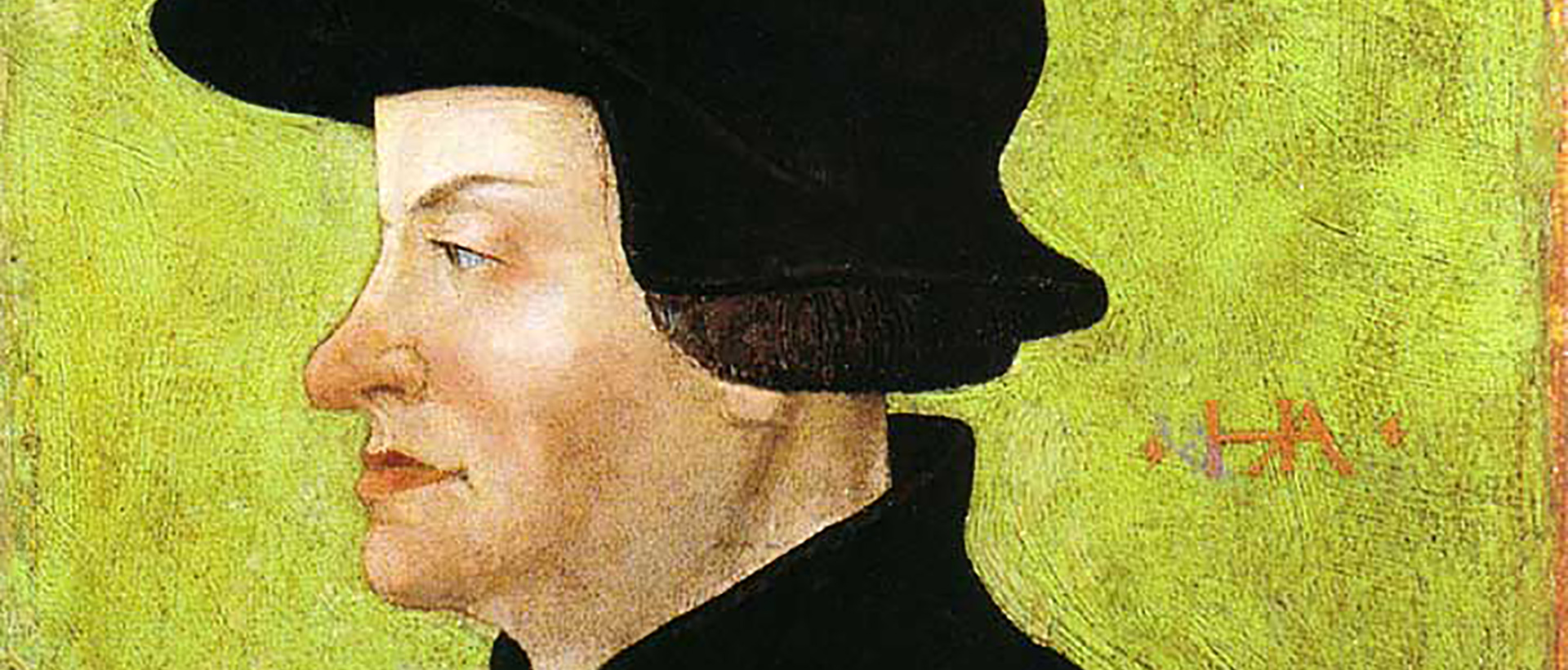Bruce Gordon. Zwingli: God’s Armed Prophet. New Haven: Yale, 2021. xxii + 349 pp, $32.50.
The contemporary of Martin Luther and predecessor of Jean Calvin within the Reformed family of churches, Ulrich Zwingli is sometimes described as “the third reformer.” Reflecting the Swiss reformer’s supposedly lesser status, there are few English-language studies of Zwingli’s life and theology, and most of those that exist are either outdated or aimed narrowly at a scholarly audience. The new biography of Zwingli by the Yale church historian Bruce Gordon rectifies this imbalance, drawing on existing scholarship to introduce the Zurich reformer to a broader public. Gordon follows in the footsteps of his predecessor at Yale, Roland Bainton, whose 1950 biography of Luther, Here I Stand, set the standard for learned popular biographies two generations ago. Gordon’s biography of Zwingli can also be seen as the pendant to his biography of Calvin, published in 2009 to coincide with the 500th anniversary of that reformer’s birth.
Login to read more
Sign in or create a free account to access Subscriber-only content.
